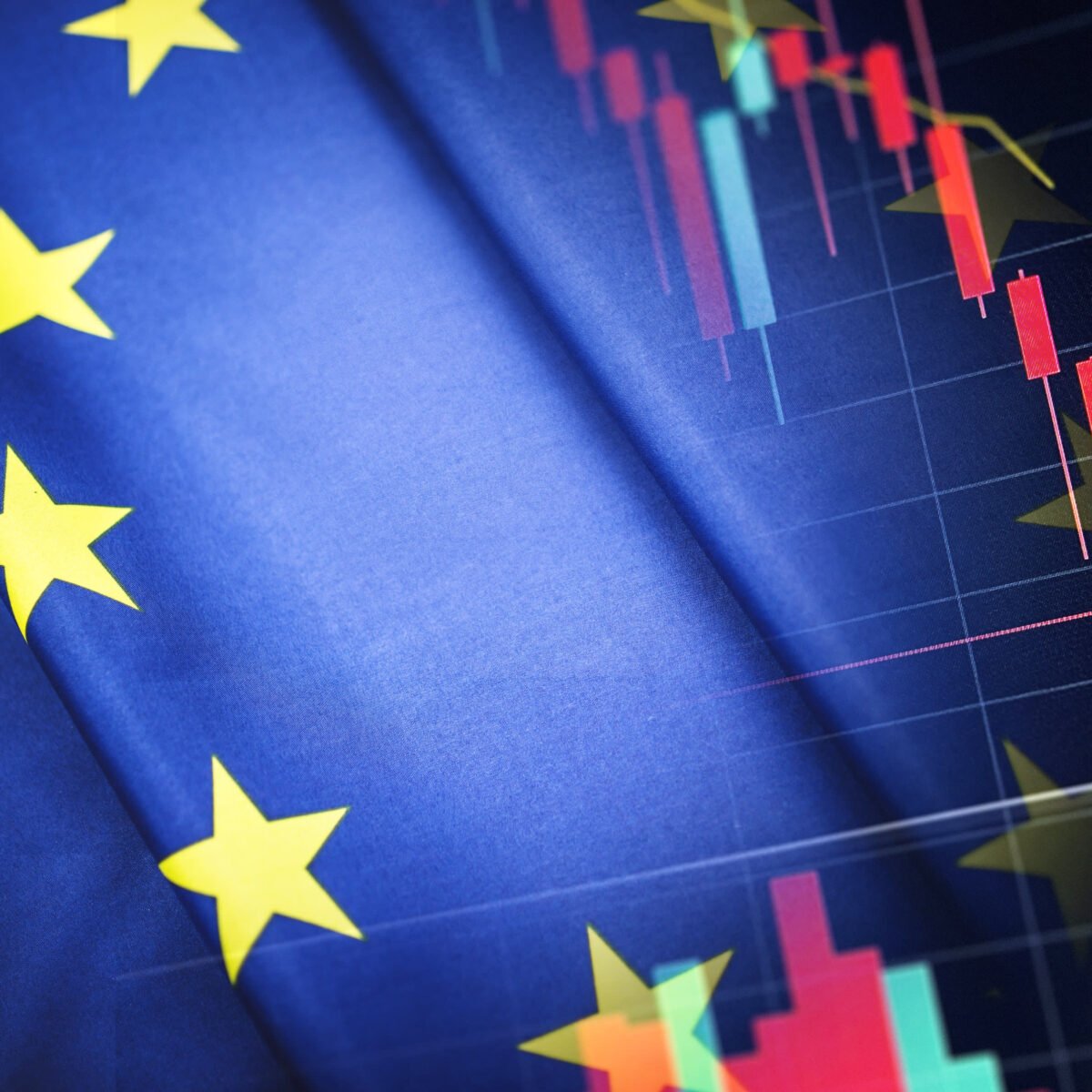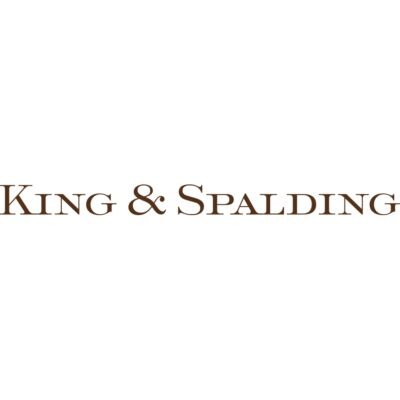- Europe has defied many an uncertainty by posting big share price gains so far this year
- We look at some stalwart funds for investors interested in the region
Europe is in turmoil again, or so it would seem. Germany and France are beset by political uncertainty and stuttering growth, a trade war with Donald Trump is on the cards and structural challenges, including an ageing population, have not gone away. Stocks in the region trailed rival indices last year, a period that saw most major stock markets make enormous gains. When compared with the US or even Asia, the continent feels a little short on exciting narrative.
And yet this year has got off to a promising start, with European indices racing ahead of the competition. The MSCI Europe ex UK index had made a sterling total return of 11 per cent for 2025 as of mid February, comfortably ahead of the 7.4 per cent for the FTSE 100, 4.6 per cent for the MSCI Emerging Markets and 3.2 per cent for the S&P 500.
The European index has delivered more than 120 per cent over the past decade, behind the S&P 500’s roughly 250 per cent return but roughly in line with Japan’s Topix and well ahead of UK and emerging market stocks.
A potential deal to end the war between Russia and Ukraine has been taken well by investors in recent days, but there is also the prospect of more monetary easing on the back of subdued inflation, the possibility of fiscal support in the region in the wake of German elections this month, and the idea that a weak euro should help exporters.
Peter Dalgliesh, chief investment officer at Parmenion, adds that the make-up of European equity indices should prove favourable in this context, with defence, financials and pharmaceuticals benefiting from these possible positives. Financials account for a fifth of the MSCI Europe ex UK index, while pharmaceutical companies Novo Nordisk (DK:NOVO.B) and Novartis (CH:NOVN) are among its top 10 constituents.
Meanwhile, defence plays such as Renk Group (DE:R3NK), Rheinmetall (DE:RHM) and Saab (SE:SAAB-B) made big gains earlier this month, helping to power European indices to record highs.
There are plenty of well-known European companies out there for those who like to buy directly, from Scottish Mortgage (SMT) favourite Ferrari (IT:RACE) to the ‘Granolas’ cohort or some of the names we highlighted in last year’s ‘national champions’ feature, including Belgium’s AB InBev (BE:ABI). But big stock bets can invite much greater volatility, as we’ve seen with the big gains, and more recent tumbles, of Novo Nordisk stock.
Options and considerations
Those who are happy to take on the necessary due diligence involved might wish to hold more than one Europe fund, with a focus on diversifying by investment style but also by the size of company they target. Dalgliesh, for one, uses a blend of funds including Fidelity European (GB00BFRT3504), the small and mid-cap oriented Premier Miton European Opportunities (GB00BZ2K2M84) and Lightman European (GB00BGPFJN79).
“The combination gives access to quality, growth, value and mid and small caps, enabling us to capture a broad range of opportunities regardless of what actually unfolds,” he says.
For those considering this route, it’s worth focusing on the first two factors, quality and growth, to begin with.
Of Dalgliesh’s suggestions, Fidelity European, along with investment trust stablemate Fidelity European (FEV), arguably ticks both boxes.
The team searches for ‘attractively valued companies’ but favours those that have good long-term growth prospects, and specifically looks for those that can grow their dividend sustainably over the next three to five years.
These funds don’t have bumper yields, with the open-ended fund on a trailing yield of 1.3 per cent and the investment trust on a share price dividend yield of 2.1 per cent. But as is the case at management teams such as those that run Guinness European Equity Income (IE00BGHQF300), they view dividend growth as a sign of a good company, meaning those which are cash generative and have strong balance sheets.
Fidelity European is a fairly concentrated portfolio and backs some big market darlings, with 5.7 per cent in semiconductor play ASML (NL:ASML), 5.4 per cent in SAP (DE:SAP), 5 per cent in Novo Nordisk, 4.8 per cent in Roche (CH:RO) and 2.9 per cent in LVMH (FR:MC). That means it has some big bets, leaving it very exposed to stock-specific ups and downs. It also shares the same top five holdings as the Vanguard FTSE Developed Europe ex UK Equity Index fund (GB00B5B71H80), the biggest European passive fund accessible to UK investors that includes an allocation to Switzerland.
The Fidelity funds are not the only ones to focus on quality metrics, however. Liontrust European Dynamic (GB00BMW30Z54), a strong performer over a five-year period, uses a ‘cash flow solution’ process, which seeks to identify companies that generate much more cash than they need to sustain a good level of growth but are still lowly valued, as well as management teams that allocate capital ‘intelligently’.
The fund, whose co-manager Samantha Gleave recently appeared on the IC Interviews podcast, has top holdings that are largely absent from the top end of European indices, from jewellery company Pandora (DK:PNDORA) to public relations name Publicis (FR:PUB) and Italian bank UniCredit (IT:UCG). The team has taken a bullish stance on financials, a sector that has surged in the past year, in particular.
Investors are not spoiled for choice when it comes to funds that back growth and quality plays. But we can highlight one other name: the BlackRock European Dynamic fund (GB00BCZRNN30), which sits alongside FEV in our 2024 Top 50 Funds list and which has generated some big gains over recent years. It takes a flexible approach in terms of style but does tend to back some growth companies.
This focus was clear enough back in 2022, when growth stocks sold off severely and the fund lost almost 20 per cent.
That reminds us of the use of holding a more value-minded portfolio alongside such a fund, and in Europe the most obvious pick here tends to be Lightman European. The portfolio made 11 per cent in 2022, and lists Roche, Danone (FR:BN), Orange (FR:ORA) and BMW (DE:BMW) among its top holdings, with decent allocations to financials and healthcare.
Passive funds provide an easy way into the region, and focus on the likes of the Granola stocks (whose continental European continent is made up of, ASML, L’Oreal (FR:OR), LVMH, Nestle (CH:NESN), Novartis, Novo Nordisk, Roche, Sanofi (FR:SAN) and SAP) without having the concentration issues we find in the US with the Magnificent Seven or in Asia with TSMC (TW:2330).
But as we wrote last year, it’s important to note that some funds, such as the iShares Core MSCI EMU ETF (CEU1), focus only on members of Europe’s Economic and Monetary Union, with the most notable exclusion being Switzerland. That means Novo Nordisk is completely absent and it has bigger exposures to other regions and stocks.
Both passive and active Europe funds also differ by whether or not they invest in the UK. This can make a big difference to returns, and a Europe-including-UK position might slightly muddle your overall asset allocation.





